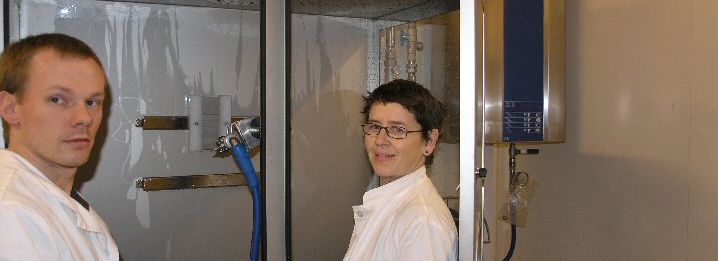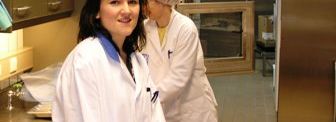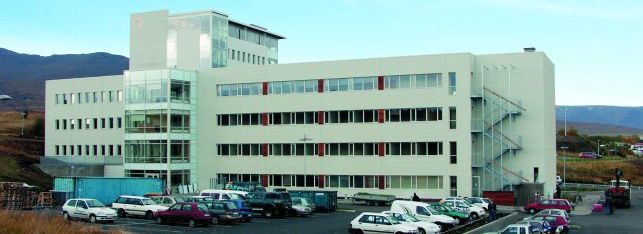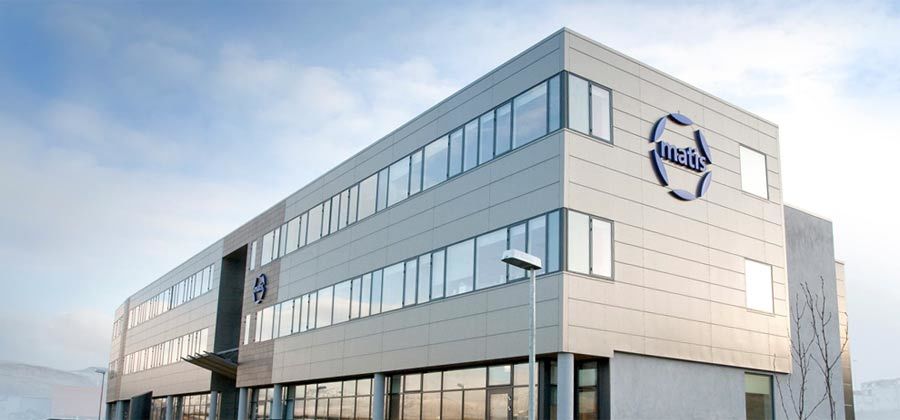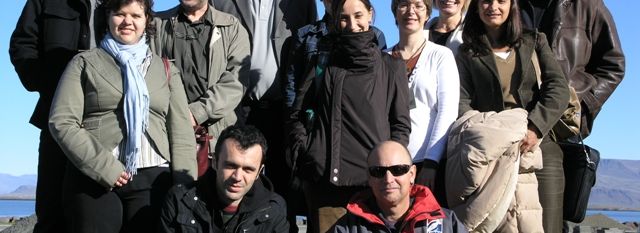The editor of the American newspaper NYT yesterday discussed the assessment of two reputable institutions in that country about the advantages and disadvantages of eating fish. To put it bluntly, both institutions find that the benefits outweigh the potential risks.
The institutes in question are the Institute of Medicine of the National Academy of Sciences (IMNAS) and the Harvard School of Public Health (HSPH). In their opinion, the benefits of fish consumption far outweigh the potential risks of pollution and microorganisms. Even "vulnerable" consumers such as pregnant women and young children will benefit from increased fish consumption if they avoid hazardous species.
According to IMNAS 'expert group, the positive effects of fish consumption include the fact that fish contains high-quality proteins, many vitamins and minerals. They point out that pregnant women can possibly have a positive effect on the vision and development of their children's brains through fish consumption, but also warn that this group and young children eat large predatory fish such as sharks and swordfish.
The guide says that experts from HSPH take even deeper into the years and assert that even moderate fish consumption can reduce the risk of death from coronary artery disease by up to 36%. In fact, the lead author of the NYT states that there is considerable uncertainty as to whether increased fish consumption can prevent coronary artery disease in those who have had it before, and that it is also uncertain whether fish consumption reduces the risk of diabetes, various cancers and Alzheimer's disease. previously indicated.
In the end, the NYT leader encourages the labeling of seafood to be improved so that consumers can more easily understand what fish species they are buying in supermarkets and fishmongers.



